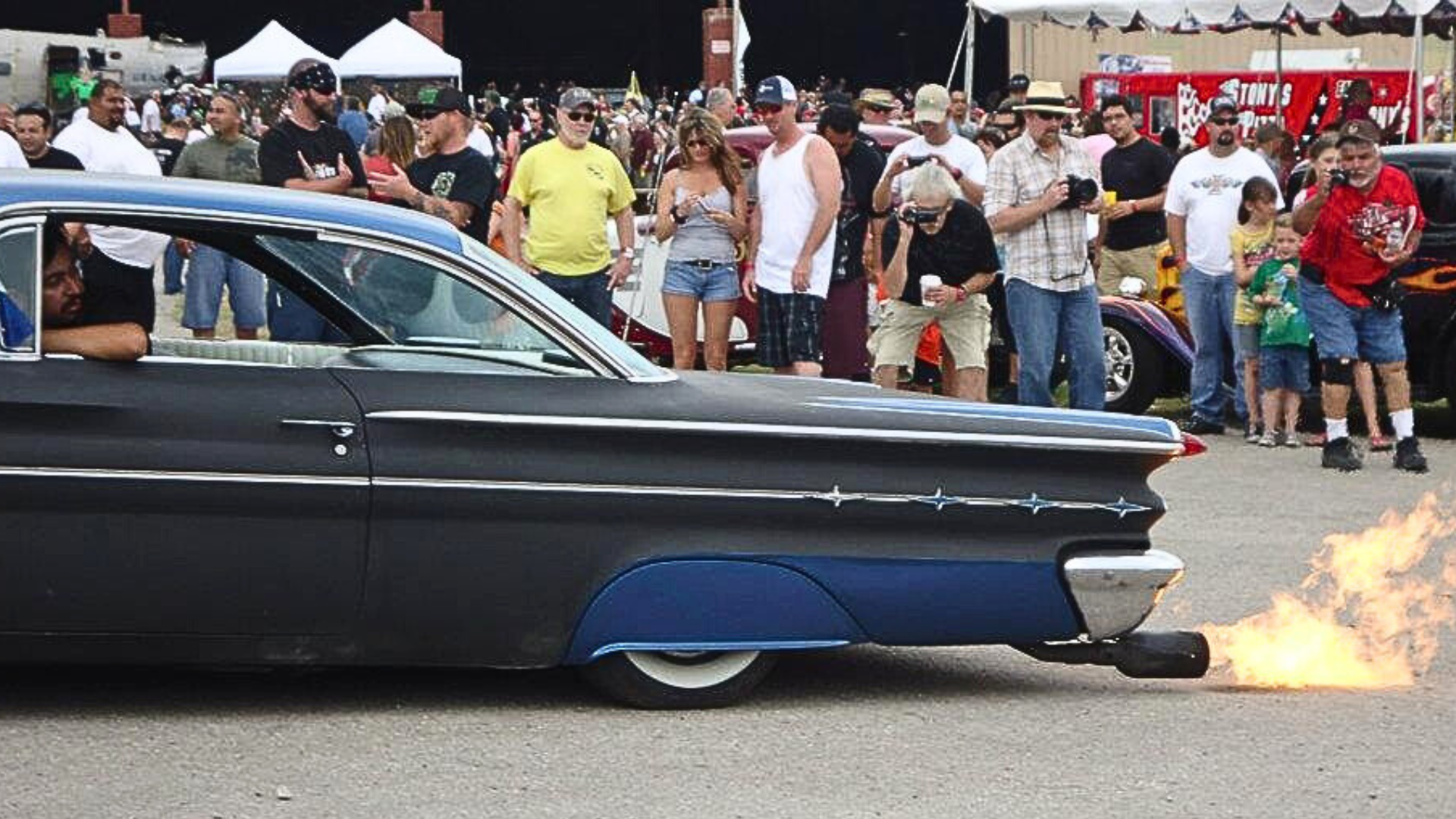

When I was a teenager, cruising the streets of northern Indiana was a rite of passage. Cars slowly rolled by as we blasted music through open windows and hollered at people we knew (and wanted to meet). Then we’d flip around at the end of Main Street to return the other way; rinse and repeat.
Back in the ’80s, cruising was banned in California. On top of that, certain modifications were banned and height requirements were put in place. The lowrider community was squarely targeted and cruising went banned until Jan. 1 of this year, when the so-called “Cruising Is Not a Crime” bill (Assembly Bill 436) went into effect. Lowriders are joyfully finding their way back to local streets again.

Today, proponents say lowrider communities are family-focused. Here in Texas, the Austin Lowriding community headed up a toy drive for the east side of town and hosts a big lowrider show and concert every fall.
Last February, California State Assembly Representative David Alvarez introduced Assembly Bill 436, which prohibited targeted rules and regulations for cruising. Alvarez says classic cars and cruising are an expression of art and a cultural identity, and safe cruising events offer a fun and festive opportunity for communities.

“It’s culture, like a brotherhood or sisterhood of community of car enthusiasts,” California Lowrider Alliance Vicente Quiñones told CBS News. “It’s a mental health release of running the hamster wheel of the 9-to-5.”
If you haven’t been to a lowrider show, I highly recommend finding one. Some families integrate lowrider-themed quinceaneras (the Mexican tradition of celebrating a girl’s 15th birthday), weddings, and more with chromed-out, hydraulics-equipped cars that spit fire and bounce. Many are hand-painted with stunning, colorful designs and the mechanical prowess is on display. Now Californians can cruise with their lowriders without fear of reprisal once again.
Got tips? Send them to tips@thedrive.com.